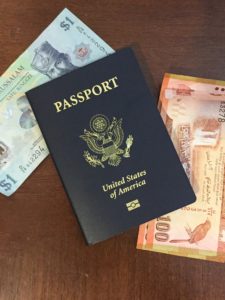
The other day, I was discussing recent vacations with a few colleagues over lunch. At one point I mentioned a boat trip that we took, “while we were on a family safari in Nepal.” There was silence for a few seconds, then someone said, “that phrase must win everytime, unless you’re talking to someone who’s been to the moon.” I thought about that reaction for a few days. Had I been trying to “win” the conversation? Had I unwittingly fostered travel envy? Was I humblebragging?
It’s easy to say that I don’t keep score or try to “win” by having the most extravagant travel stories. It’s harder to examine this claim from a detached position and determine if that’s really true. Here are a few things to consider when you are faced with travel envy.
Travel Envy – Made Worse by Social Media
 Social media sites are full of carefully curated photos and posts about sun-drenched beaches and pristine hiking trails. Everyone tries to put his best foot forward and show the glamorous side of life. This is even more pronounced with travel writing, where one’s job is to highlight reasons to travel and the best places to go.
Social media sites are full of carefully curated photos and posts about sun-drenched beaches and pristine hiking trails. Everyone tries to put his best foot forward and show the glamorous side of life. This is even more pronounced with travel writing, where one’s job is to highlight reasons to travel and the best places to go.
This is going to inspire some people and frustrate others. A few might even get depressed, worried about how they can’t live the lives that they see portrayed online. You can’t control how other people feel. You can control what you put out into the world and your motives for doing so.
Examine Your Motives for Travel
Why do you travel? What drives you? Make an honest assessment of why you travel. For me, that’s an easy question to answer. I’ve always been driven by a sense of wanderlust and a desire to see the world. I realize it’s impossible to see all of the world. One could spend a lifetime in one country, whether it’s Germany or India, and still not see everything.
Because of this, it’s pointless to keep score. There is no way to “win” this competition because it’s not a competition. But that doesn’t make me want to stay home and not travel. It makes me joyous to know that there’s always going to be some new place or experience to look forward to. Where, how, and how long to travel are highly personalized questions.
Examine Your Motives for Discussing Travel
Why do you discuss your travels? In the instance that I mentioned at the beginning of this post, we were discussing things we’ve done on vacation that were risky. The boat trip definitely fit that description. So upon reflection, I still don’t think my comment was a #humblebrag.
It is useful, however, to think about those comments before you say them. Ask yourself, “am I trying to top the last thing that was said?” If so, maybe you just keep listening instead.
Looking back, there are times that I have bragged about travel, like the Twitter post below.

This conversation served to remind me to check my motives.
Have a Sense of Humor
No matter what you say, there’s always a chance that someone will be offended or envious. As I noted before, you’re not responsible for the reactions of others. You can help defuse any tension, however, with a good sense of humor or a self-deprecating remark. In my case, it’s far cheaper to get to Katmandu than Kansas given that I live in Singapore. I explained as much, and that went a long way towards defusing the awkward moment.
Have you encountered travel envy? How did you deal with it?

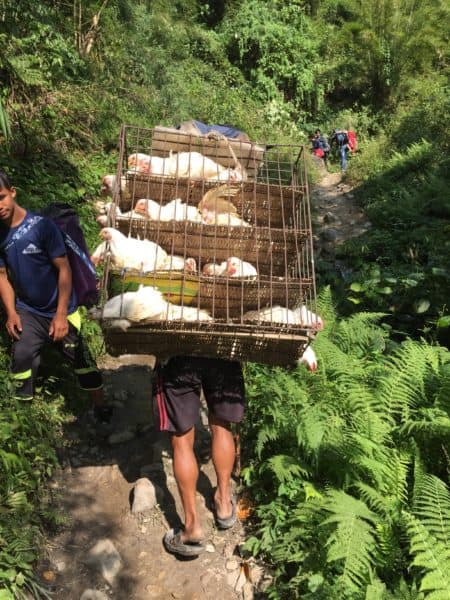





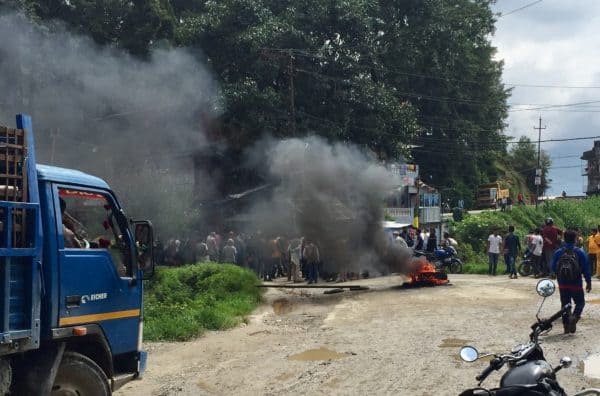

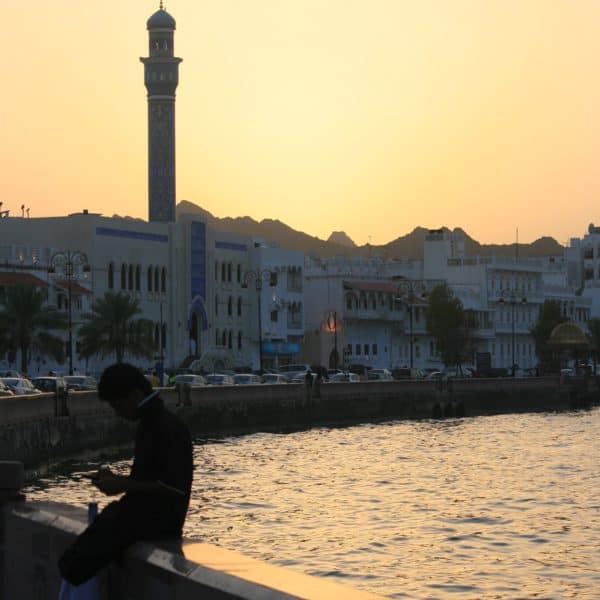
 Sultan Qaboos Grand Mosque
Sultan Qaboos Grand Mosque Muttrah Corniche
Muttrah Corniche


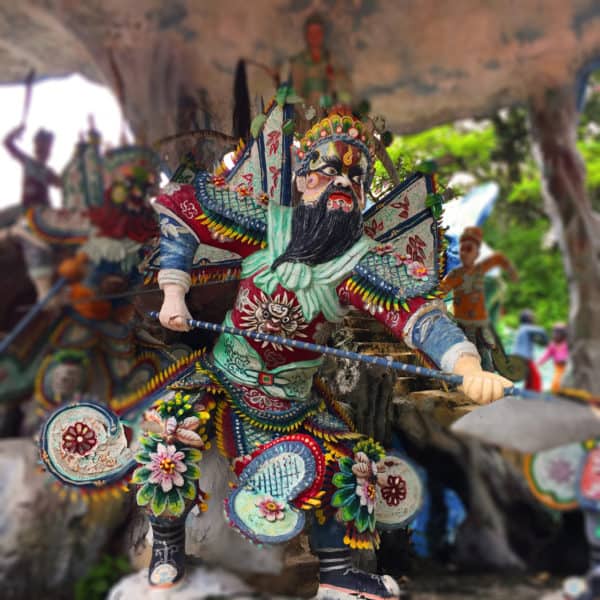

 To say that I don’t get it is something of an understatement.
To say that I don’t get it is something of an understatement. This kangaroo looked stoned.
This kangaroo looked stoned. We also got to pet a sugar glider and stand within inches of a koala. Holding a koala is a key tourist goal, and lots of places with lead you to think you can do so for a fee. In New South Wales, however, it’s against the law. Tourists can get close but not touch. The truth is, koalas are very solitary creatures who like to sleep about 20 hours a day. Being used as a tourist attraction stresses them out. Get close, take the picture, and move on.
We also got to pet a sugar glider and stand within inches of a koala. Holding a koala is a key tourist goal, and lots of places with lead you to think you can do so for a fee. In New South Wales, however, it’s against the law. Tourists can get close but not touch. The truth is, koalas are very solitary creatures who like to sleep about 20 hours a day. Being used as a tourist attraction stresses them out. Get close, take the picture, and move on.
 The varicolored leaves on the ground serve as a constant reminder that what I think of as spring is actually autumn here in Australia. The crisp air is a good reminder too. Crisp in this case is a euphemism for significantly colder than the humid tropical weather back home. But the sight of Wentworth Falls cascading down the cliff amidst the fall foliage makes me forget the colder weather for a moment.
The varicolored leaves on the ground serve as a constant reminder that what I think of as spring is actually autumn here in Australia. The crisp air is a good reminder too. Crisp in this case is a euphemism for significantly colder than the humid tropical weather back home. But the sight of Wentworth Falls cascading down the cliff amidst the fall foliage makes me forget the colder weather for a moment. Wentworth Falls Bushwalk
Wentworth Falls Bushwalk
 If You Go
If You Go